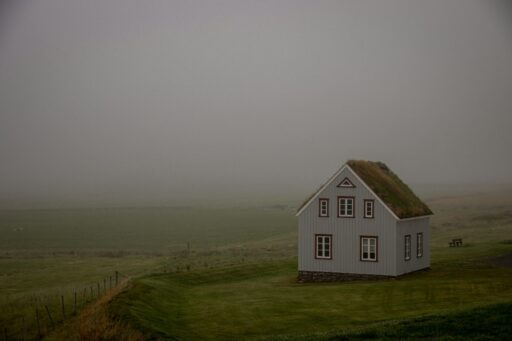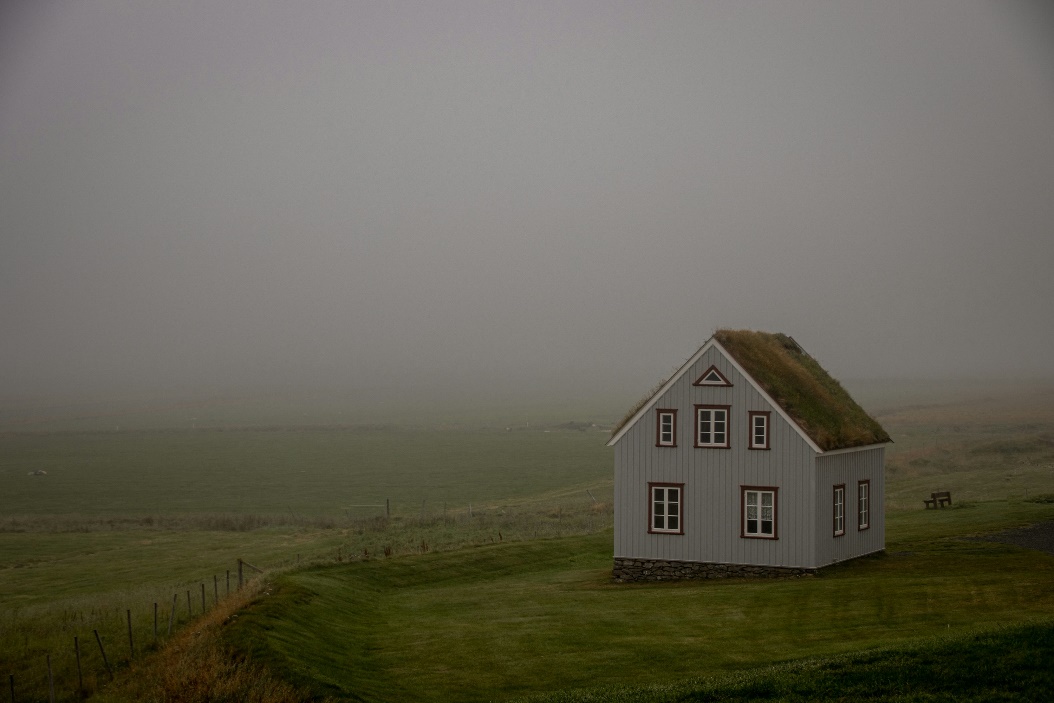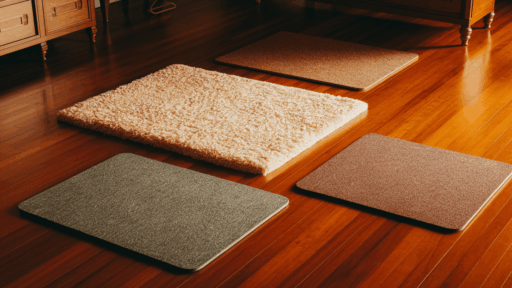Modern homes have undergone a significant evolution in recent decades, not only in terms of aesthetics and smart technology but also in their ability to withstand the increasingly volatile whims of nature. Weatherproofing is no longer a luxury or an afterthought—it is a necessity. Climate change has made extreme weather conditions more common, pushing homeowners to re-evaluate the resilience of their homes against storms, heatwaves, cold snaps, and heavy rainfall.
The concept of weatherproofing has transcended physical sheltering; it is now deeply embedded in how people design, maintain, and live within their homes. Each component of the house plays a critical role—from windows and walls to plumbing and floors—in resisting the elements and preserving functionality. Yet, the level of preparedness in modern housing often varies depending on how thoroughly these components are integrated and maintained.
Moisture Management Begins with the Roof
Among all structural elements of a home, the roof plays a pivotal role in moisture control. Constantly exposed to the elements, it serves as the first line of defense against rain, snow, humidity, and temperature extremes. Any compromise in roofing integrity can lead to water infiltration, mold growth, and internal damage that affects ceilings, walls, and insulation.
As homeowners invest in interior upgrades and energy-efficient systems, the importance of a well-maintained, watertight roof becomes even more critical. Proper shingling, flashing, gutter systems, and ventilation must all work in tandem to ensure effective moisture management.
Professionals involved in home maintenance recognize that weatherproofing extends far beyond just cosmetic or surface repairs. The roof, in particular, requires meticulous planning and regular inspection to prevent hidden vulnerabilities.
Engaging a qualified roofing contractor is essential to evaluate the condition of the structure, identify weak points, and recommend solutions tailored to the home’s layout and climate. Often, specialists from various trades collaborate to protect the structure holistically.
Windows: The Eyes and Shields of a Home
Windows serve as both a visual connection to the outdoors and a critical barrier against the elements. Older or poorly sealed windows can allow drafts, moisture, and even water to seep inside, leading to structural damage, energy inefficiency, and discomfort.
Modern homes often feature double or triple-pane glass with low-emissivity (Low-E) coatings designed to reflect heat and improve insulation. However, even the most advanced window technologies require proper installation and routine inspection to maintain their protective qualities.
Storm shutters, reinforced frames, and weather stripping can significantly boost a window’s resilience. These additions serve to block rain, wind, and debris during storms while keeping interior temperatures stable year-round.
Furthermore, the choice of materials—such as vinyl, fiberglass, or composite frames—affects how well windows endure prolonged exposure to sunlight, moisture, and cold.
Doors: Transition Points That Demand Attention
Just like windows, doors act as transitional elements between indoor and outdoor environments. Unfortunately, they are often overlooked when weatherproofing efforts are made. Gaps at the bottom, poorly sealed frames, and deteriorating weather stripping can transform doors into liabilities during storms or periods of extreme temperatures.
For homes located in high-risk regions prone to heavy rain or wind, storm doors provide an added layer of protection. These doors not only shield the primary entrance from direct exposure but also help maintain the structural integrity of the entryway.
Floors and Foundations: The Hidden Frontlines

Floors and foundations are often the first to suffer when weather-related threats occur. Heavy rainfall, groundwater accumulation, and freeze-thaw cycles can exert pressure on a home’s base, leading to cracks, leaks, and even subsidence.
Moisture intrusion through the foundation or slab can also lead to the growth of mold, posing serious health risks and costly repairs. To counteract these vulnerabilities, builders and homeowners employ a variety of techniques such as basement waterproofing membranes, sump pump installations, and proper grading of surrounding land.
Flooring materials inside the house also play a part in the weatherproofing equation. For example, tile and vinyl perform well in moisture-prone areas, while engineered wood is less susceptible to warping compared to natural hardwood. The use of vapor barriers, especially in ground-level or basement spaces, helps reduce the risk of moisture damage.
Walls and Insulation: The Armor of Everyday Living
Insulated walls form the core defense system of any modern home. They regulate interior temperatures, buffer noise, and prevent the intrusion of dust, moisture, and pests. Weatherproof insulation materials like spray foam, rigid foam boards, and blown-in cellulose are commonly used to fill gaps and maintain thermal consistency throughout the year. But insulation alone is not sufficient.
Proper wall cladding and sealing practices are essential to reinforce a home’s outer layer. Fiber cement, brick veneer, and vinyl siding are popular for their durability and resistance to the elements. The joints, seams, and edges where different materials meet must be carefully sealed with high-quality caulk or flashing to prevent water intrusion.
HVAC Systems and Indoor Climate Control
Beyond structural protection, weatherproofing extends into the realm of indoor climate control. Heating, ventilation, and air conditioning (HVAC) systems are essential for maintaining a consistent and comfortable environment within a home, especially when external temperatures become extreme.
These systems must be not only efficient but also resilient enough to function optimally under stress. Filters, vents, ducts, and thermostats need to be regularly serviced and protected from external elements such as dust, pollen, and debris.
Modern smart HVAC systems include sensors and adaptive controls that optimize performance based on real-time conditions. These systems reduce energy waste, enhance air quality, and extend the operational life of the unit.
Preparedness is Proactive, Not Reactive
Effective weatherproofing involves more than reacting to weather events after they occur. It is a proactive approach that integrates design, material selection, maintenance, and upgrades into a cohesive lifestyle strategy. Prepared homeowners conduct regular audits of their property, noting signs of wear and prioritizing upgrades that address known vulnerabilities. These upgrades might include replacing aging shingles, upgrading insulation, or installing flood barriers where necessary.
The future of housing hinges on adaptability. As weather patterns continue to change, modern homes must rise to meet new challenges. Weatherproofing is not simply about preventing damage; it is about preserving the rhythm of daily life, protecting health, and securing long-term investment. A truly weatherproofed home does not endure the storm—it allows life to continue uninterrupted while the storm passes outside.








